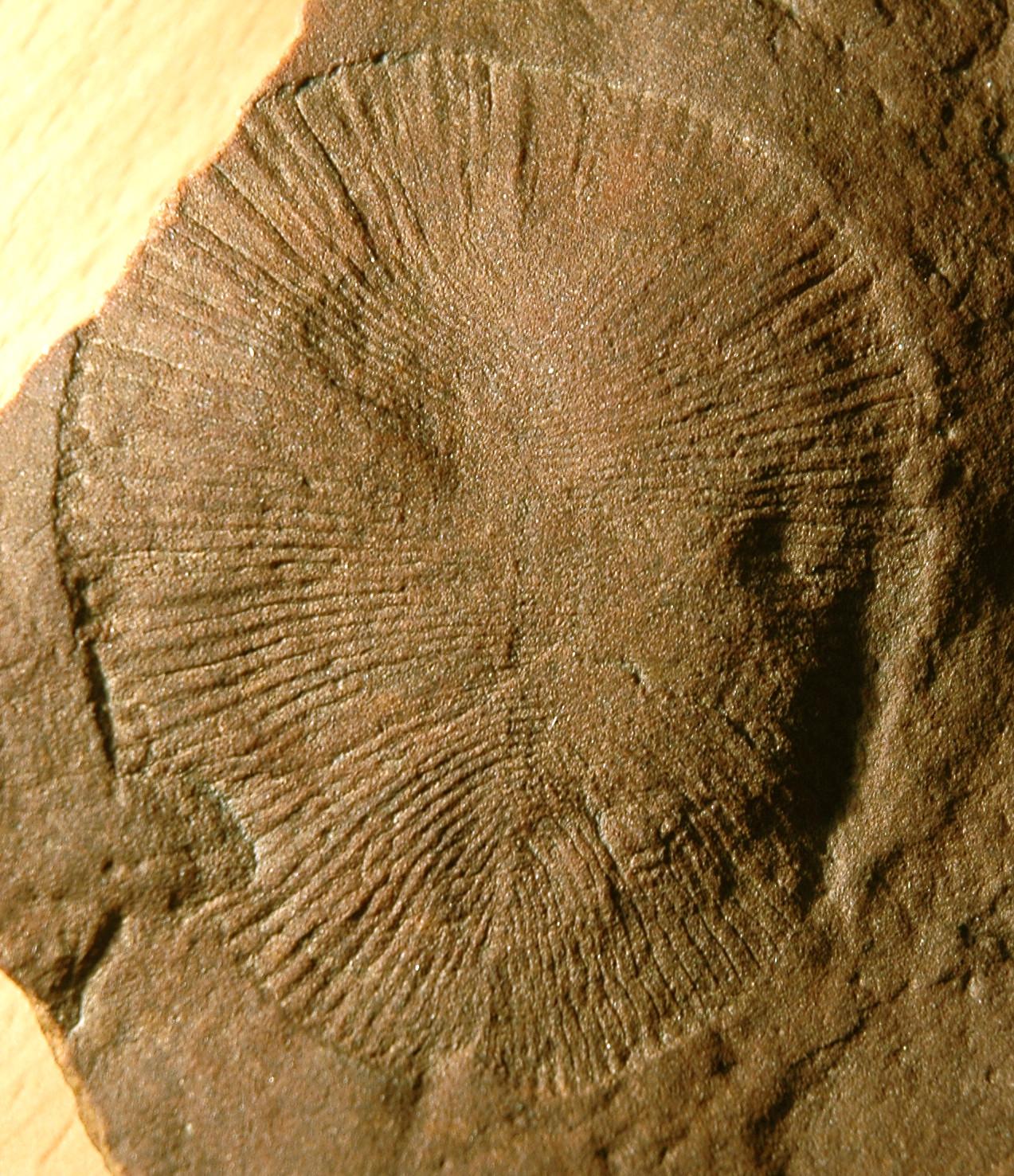
Submitted by Michela Leonardi on Wed, 18/05/2022 - 08:12
It is now out in PLOS Biology a paper showing that early animals formed complex ecological communities more than 550 million years ago, setting the evolutionary stage for the Cambrian explosion.
Rebecca Eden, Andrea Manica, Emily G. Mitchell (2022) Metacommunity analyses show an increase in ecological specialisation throughout the Ediacaran period PLoS Biol 20(5): e3001289.
Abstract
The first animals appear during the late Ediacaran (572 to 541 Ma); an initial diversity increase was followed reduction in diversity, often interpreted as catastrophic mass extinction. We investigate Ediacaran ecosystem structure changes over this time period using the “Elements of Metacommunity Structure” framework to assess whether this diversity reduction in the Nama was likely caused by an external mass extinction, or internal metacommunity restructuring. The oldest metacommunity was characterised by taxa with wide environmental tolerances, and limited specialisation or intertaxa associations. Structuring increased in the second oldest metacommunity, with groups of taxa sharing synchronous responses to environmental gradients, aggregating into distinct communities. This pattern strengthened in the youngest metacommunity, with communities showing strong environmental segregation and depth structure. Thus, metacommunity structure increased in complexity, with increased specialisation and resulting in competitive exclusion, not a catastrophic environmental disaster, leading to diversity loss in the terminal Ediacaran. These results reveal that the complex eco-evolutionary dynamics associated with Cambrian diversification were established in the Ediacaran.
